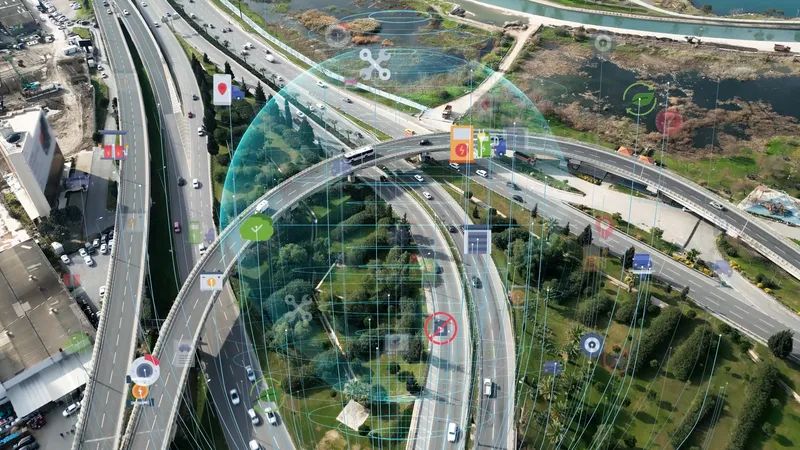The Flemish Ministry of Mobility and Public Works in Belgium has selected Here to deploy a Cooperative Intelligent Transportation System (C-ITS) aimed at improving road safety and transport efficiency.
The solution will utilise location platform technology to deliver safety critical alert information to drivers, warning them of such hazards as a slow or stationary vehicle, sudden traffic build-up, road works or adverse weather.
The planned deployment will cover major motorways in Flanders, including t
December 13, 2016
Read time: 2 mins
The Flemish Ministry of Mobility and Public Works in Belgium has selected 7643 Here to deploy a Cooperative Intelligent Transportation System (C-ITS) aimed at improving road safety and transport efficiency.
The solution will utilise location platform technology to deliver safety critical alert information to drivers, warning them of such hazards as a slow or stationary vehicle, sudden traffic build-up, road works or adverse weather.
The planned deployment will cover major motorways in Flanders, including the E34 highway skirting Antwerp, a major corridor for heavy goods vehicles and one of Europe’s busiest roadways, as well as the R001, E312, E17/E19, and E40.
In this deployment, Here’s location platform technology will enable the collection, analysis and distribution, via a smartphone application, of accurate and localised safety information to drivers on the road as well as the Regional Traffic Management Centre. While the solution will utilise smartphones, Here believes the same architecture could also one day harness real-time information generated automatically by the on-board sensors of connected cars.
The investment is a part of, and funded by, the European Commission’s C-ROADS Deployment Platform, which serves as a cooperative framework for Member States to develop C-ITS projects that ensure cross-border interoperability for all road users.
The solution will utilise location platform technology to deliver safety critical alert information to drivers, warning them of such hazards as a slow or stationary vehicle, sudden traffic build-up, road works or adverse weather.
The planned deployment will cover major motorways in Flanders, including the E34 highway skirting Antwerp, a major corridor for heavy goods vehicles and one of Europe’s busiest roadways, as well as the R001, E312, E17/E19, and E40.
In this deployment, Here’s location platform technology will enable the collection, analysis and distribution, via a smartphone application, of accurate and localised safety information to drivers on the road as well as the Regional Traffic Management Centre. While the solution will utilise smartphones, Here believes the same architecture could also one day harness real-time information generated automatically by the on-board sensors of connected cars.
The investment is a part of, and funded by, the European Commission’s C-ROADS Deployment Platform, which serves as a cooperative framework for Member States to develop C-ITS projects that ensure cross-border interoperability for all road users.










